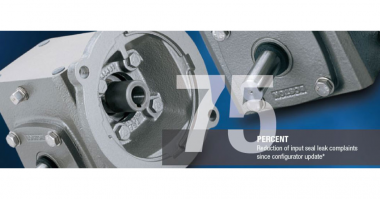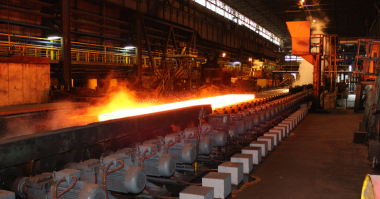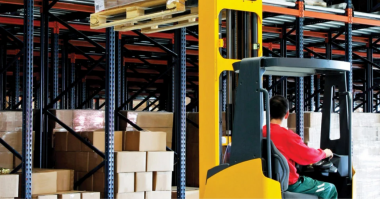“Well begun is half done”, a quote that most reference materials attribute to Aristotle, certainly applies when selecting mechanical power transmission products. A selection process that is well thought out at the start can ensure that the product selected will be properly sized and appropriate to the application at hand.
Different manufacturers have different names for them: service factor, safety factor, overload factor, load factor, etc. They all do basically the same thing: they factor or adjust for the hours of usage and the nature of irregularity, shock or vibration in the application. For our purposes, we will use the term “service factor” as that seems to be most common across the widest range of power transmission product types.
Service factors are used as a multiplier applied to the product’s Horsepower or Torque rating. For example, a 1HP motor used in an application with a 1.5 service factor will be seen as having a Design HP or 1.5 HP for selection purposes.
Use of the proper service factor for an application ensures that the product selected will provide the desired life in the application as well as tolerate the levels of shock or vibration that is anticipated in the application. A few examples will illustrate this point.
Table 1: Service Factors for Gearing

The service factors for open gears such as spur gears, helical gears or worm gears will typically be provided by the manufacturer as shown in Table 1.
Looking at Table 1, we can see that the service factors for gear sizing addresses two key variables: the number of hours per day the product will be used, and the variability of shock and vibration there is in the application. For example, a liquid mixing tank motor that has a slow acceleration to full speed and very low variation in load would be considered a uniform load application. However, a stamping press or die cutter drive could easily be considered a heavy shock load application. These factors must be considered when selecting gears since each situation will apply different levels of stress and wear on the required gearing.
Some products, such as overrunning clutches, will require consideration of not just the nature of the load but the type of prime mover as well. As can be seen in Table 2, there can be an additive nature of an irregular load combined with the prime mover that will generate spikes as well. A basic AC motor will provide a much smoother output to an application than a diesel engine might and these differences can have a significant impact on the clutch’s performance.
Table 2: Service Factors for Overrunning & Backstopping Clutches
Products such as V-belt drives will require a combination of all three factors: variability of the application load, the hours of service and the output nature of the prime movers. Other belt considerations include factors for the use of such devices as idler pulleys and how they are mounted.
When considering service factors it is important to think about not just how a product might be used in the immediate future but further ahead as well. Note again in Table 1 that there is one factor for a uniform load at 10 hours or less per day and another that is 25% higher for more than 10 hours per day. Market demand may require that the system run only one shift now, but in the future that might change to require a two or even three shift operation. The gearing unit that provides perfectly acceptable life in one instance may become a maintenance headache in a higher usage situation. Worse, upsizing may require more than just a change in one component.
For example, a worm gearbox selected for 1 HP 20:1 ratio for single shift operation may be a 1.8 in. center distance but to provide proper life for a two shift operation that same 1 HP application would require a 2.1 in. center distance gearbox. The height to the output shaft would change from 2.06 in. to 2.28 in. with the requirement that bearings, shaft alignment and other drivetrain components change as well. The difference between the cost of the initial smaller gearbox and the cost of the larger unit may be a approximately $150, but selecting the properly sized gearbox for how the system is going to be used in the future can avoid very significant machine redesign later.
Table 3: Coefficient of Sliding Friction for Non-Vertical Loading Applications

So far we have discussed how service factors can result in upsizing products. When we consider linear products, such as ball screws or linear actuators, load factoring can decrease the impact of the load. Vertical load is always comprised of the weight of the load plus any force applied by the process. But when linear movement is horizontal the load is likely supported by rails or by linear bearings of some type. Depending upon the coefficient of friction of the support, the load being moved can decrease by a very sizable amount, as shown in Table 3.
Industrial component manufacturers have become more and more sophisticated in providing downloadable or online selection tool software. These include an automatic calculator that will incorporate appropriate service factors for your application parameters, as shown in the online belt drive selection tool screen.
Online Belted Drive Selection Tool Screen
Whether they are called service factors, safety factors or some other term, it is important to follow manufacturers’ guidance when selecting a power transmission product. Use of proper service factors will ensure selection of correctly-sized product that will provide optimal unit life and performance. Consideration of the entire application for both today’s need and next year’s can ensure performance now and then. Lastly, manufacturers’ tools can help simplify the selection process. Nearly all manufacturers gladly provide application assistance resources to help you make smart, cost-effective choices.







Comments